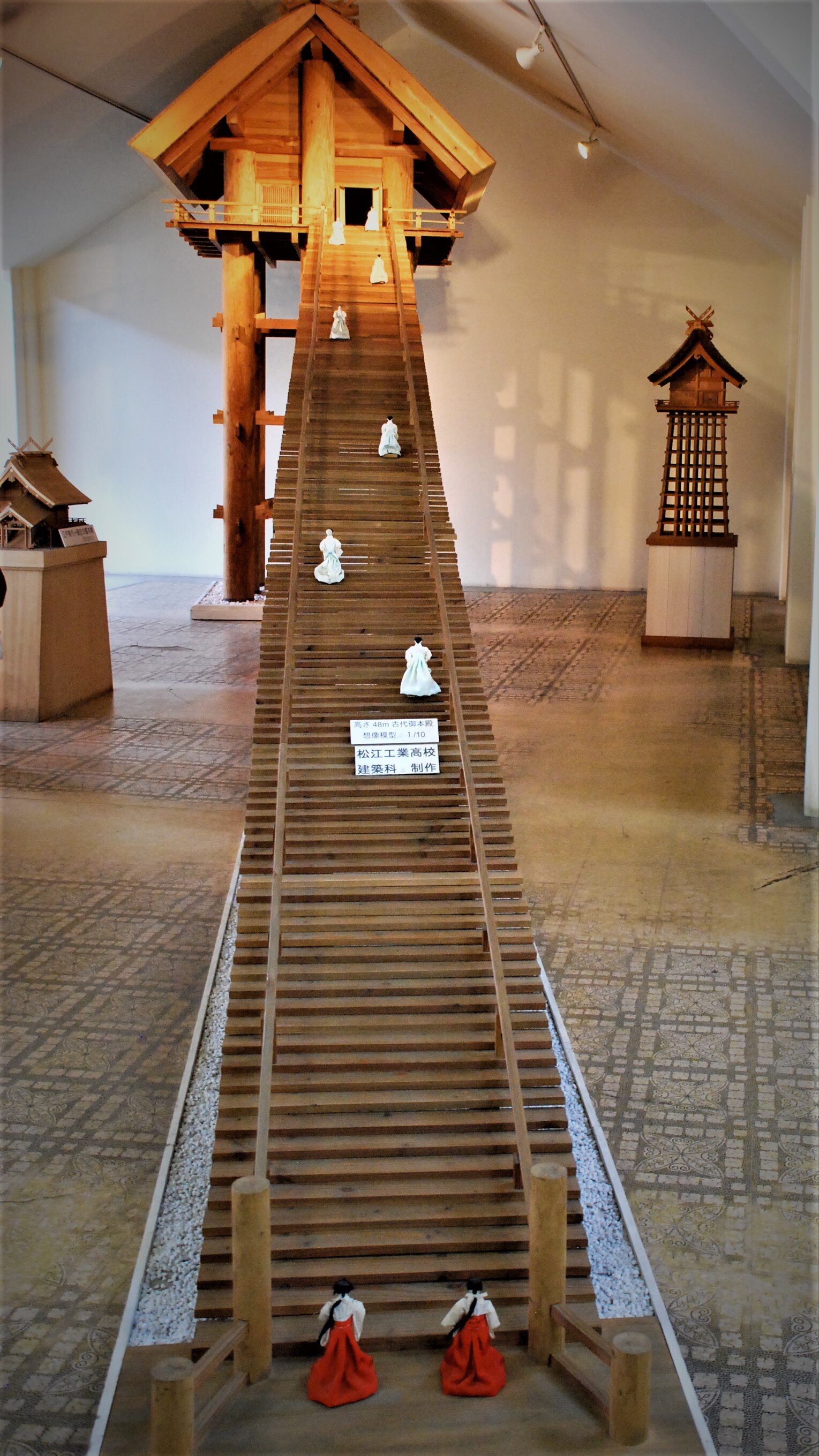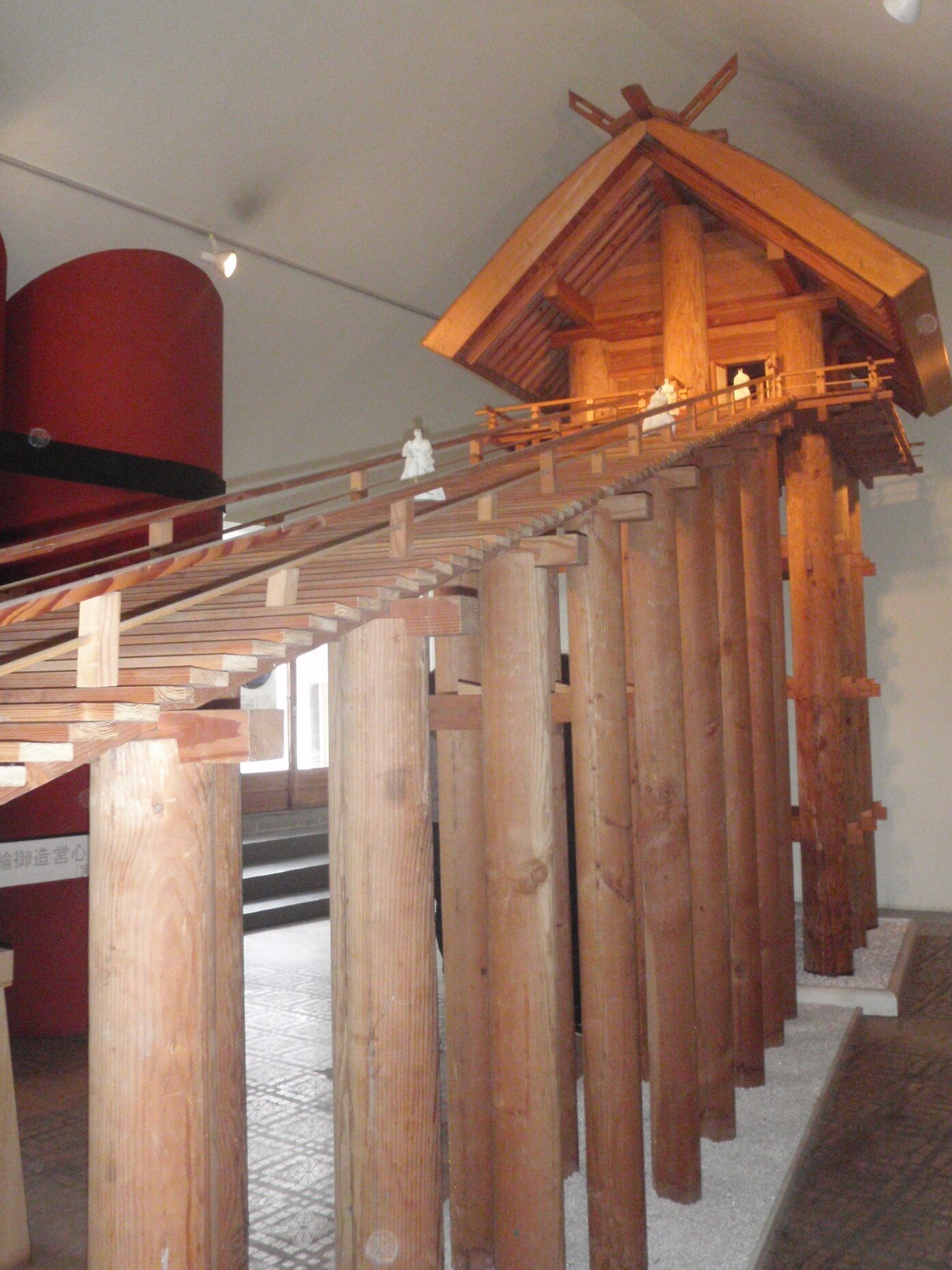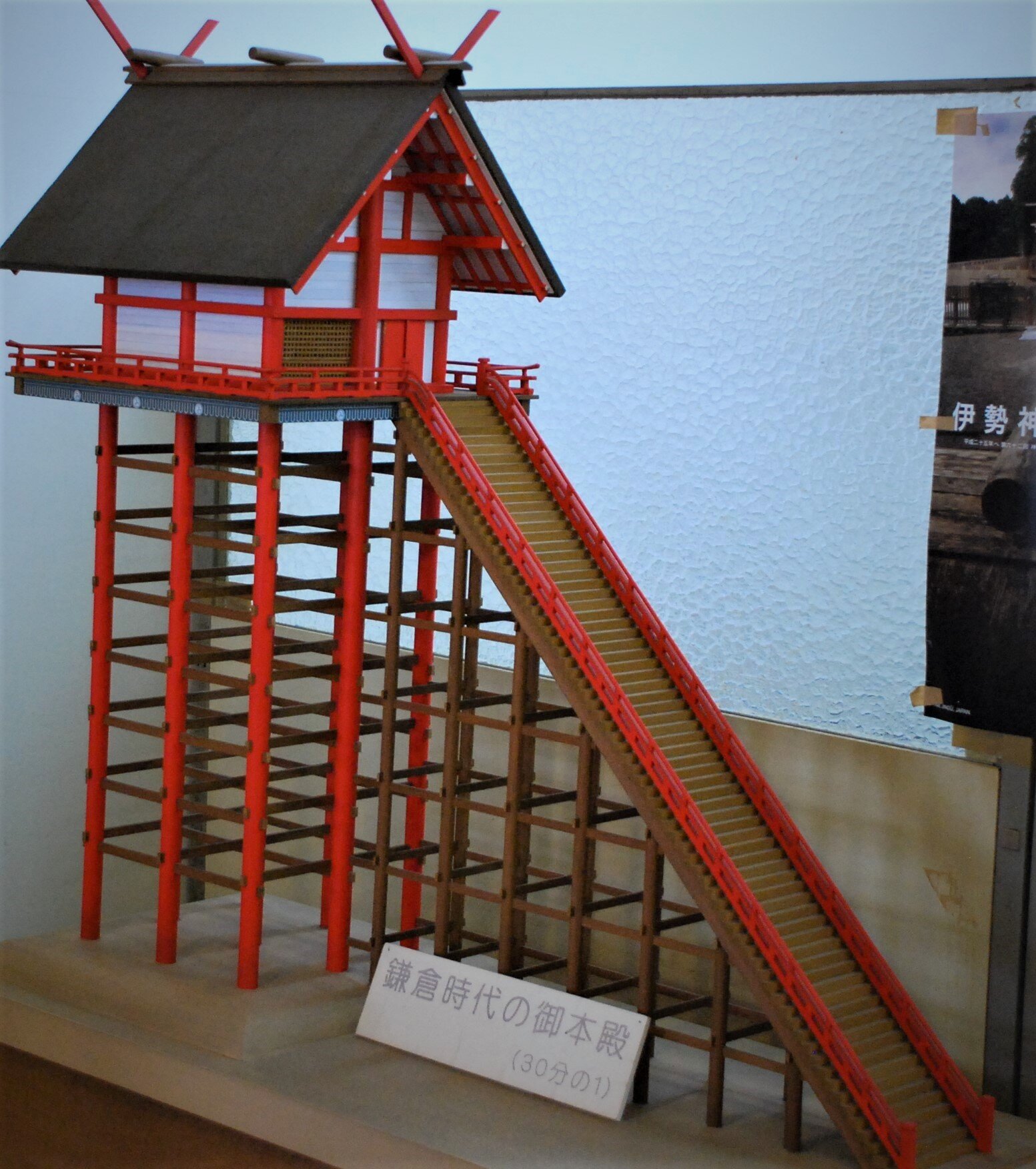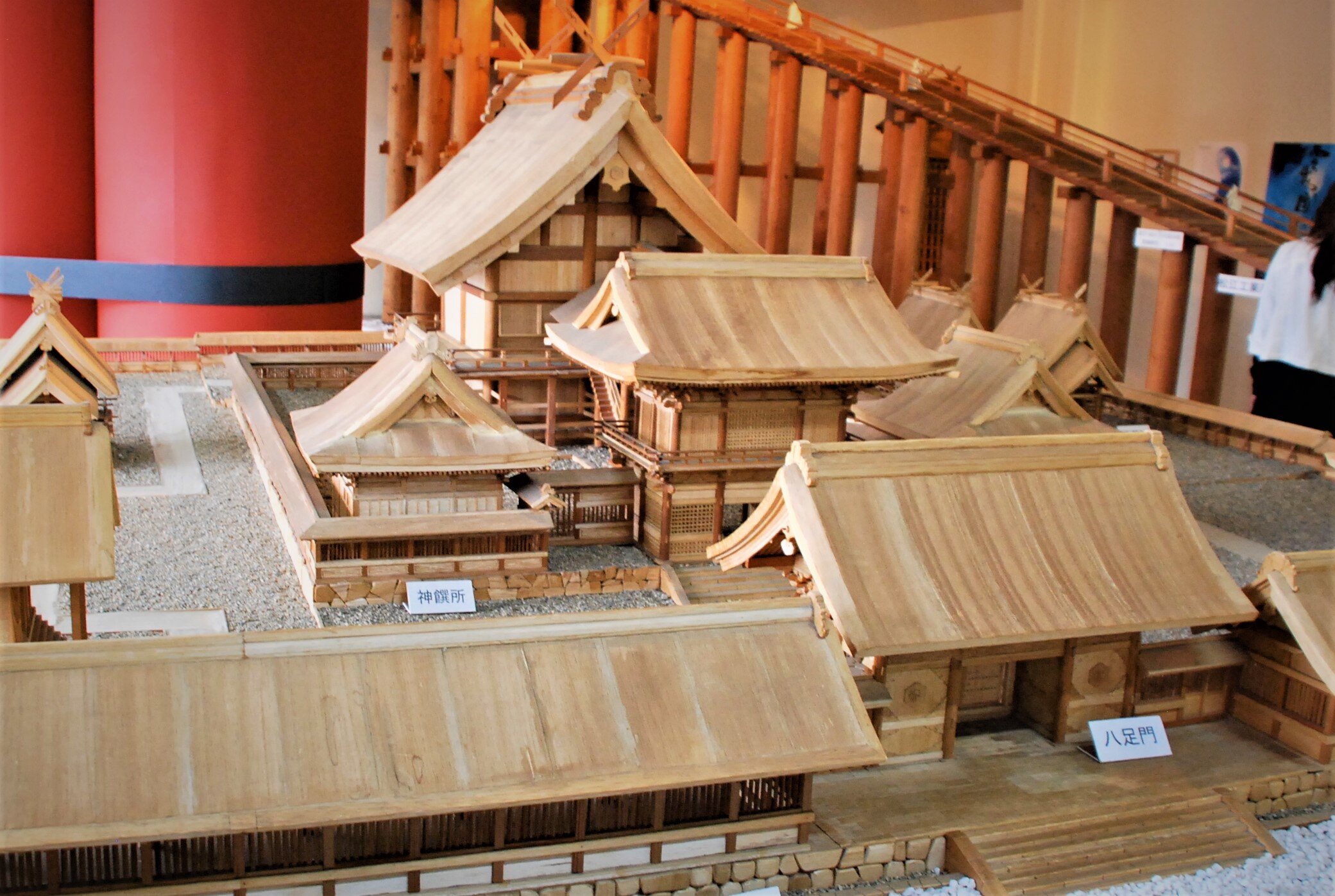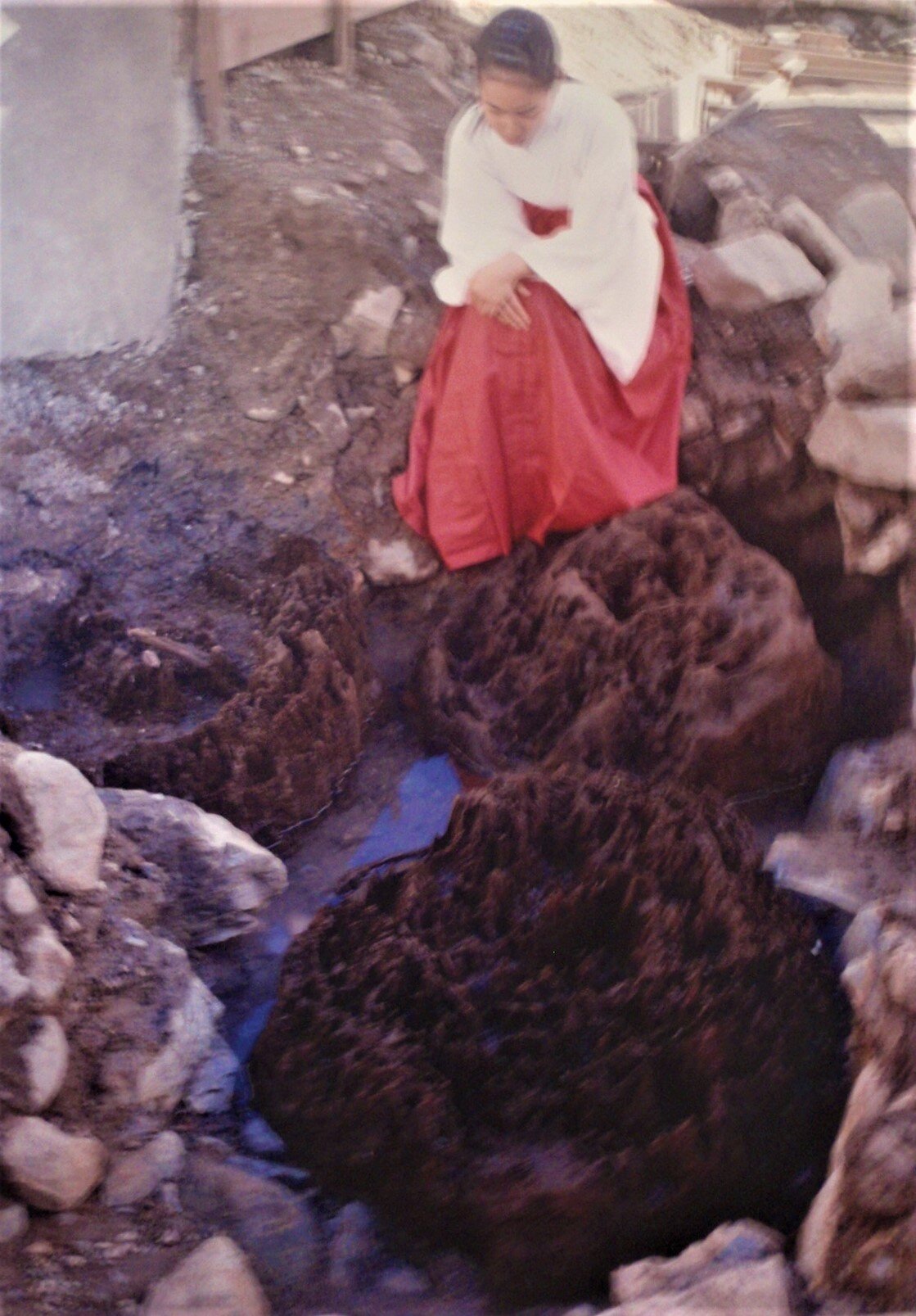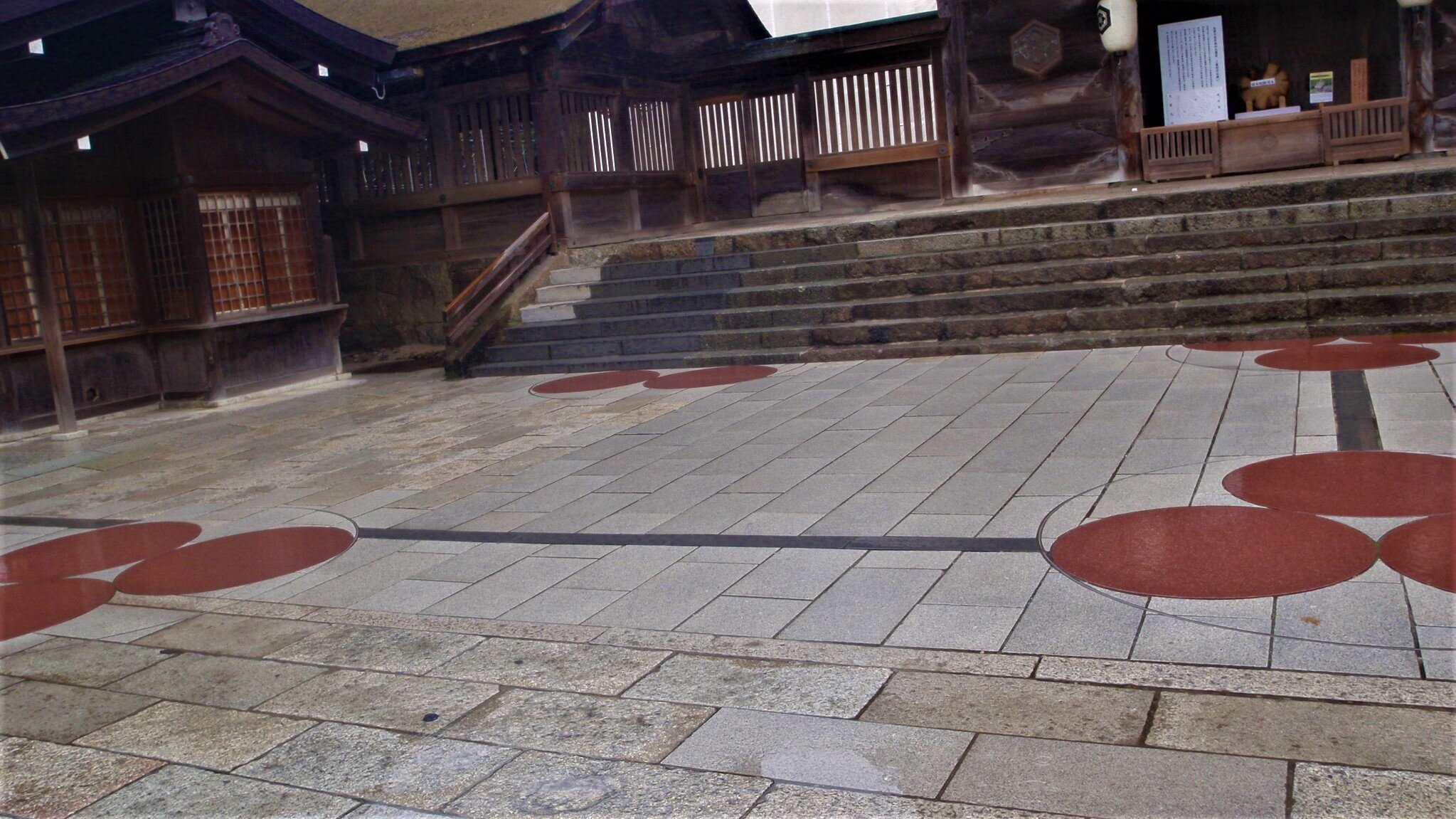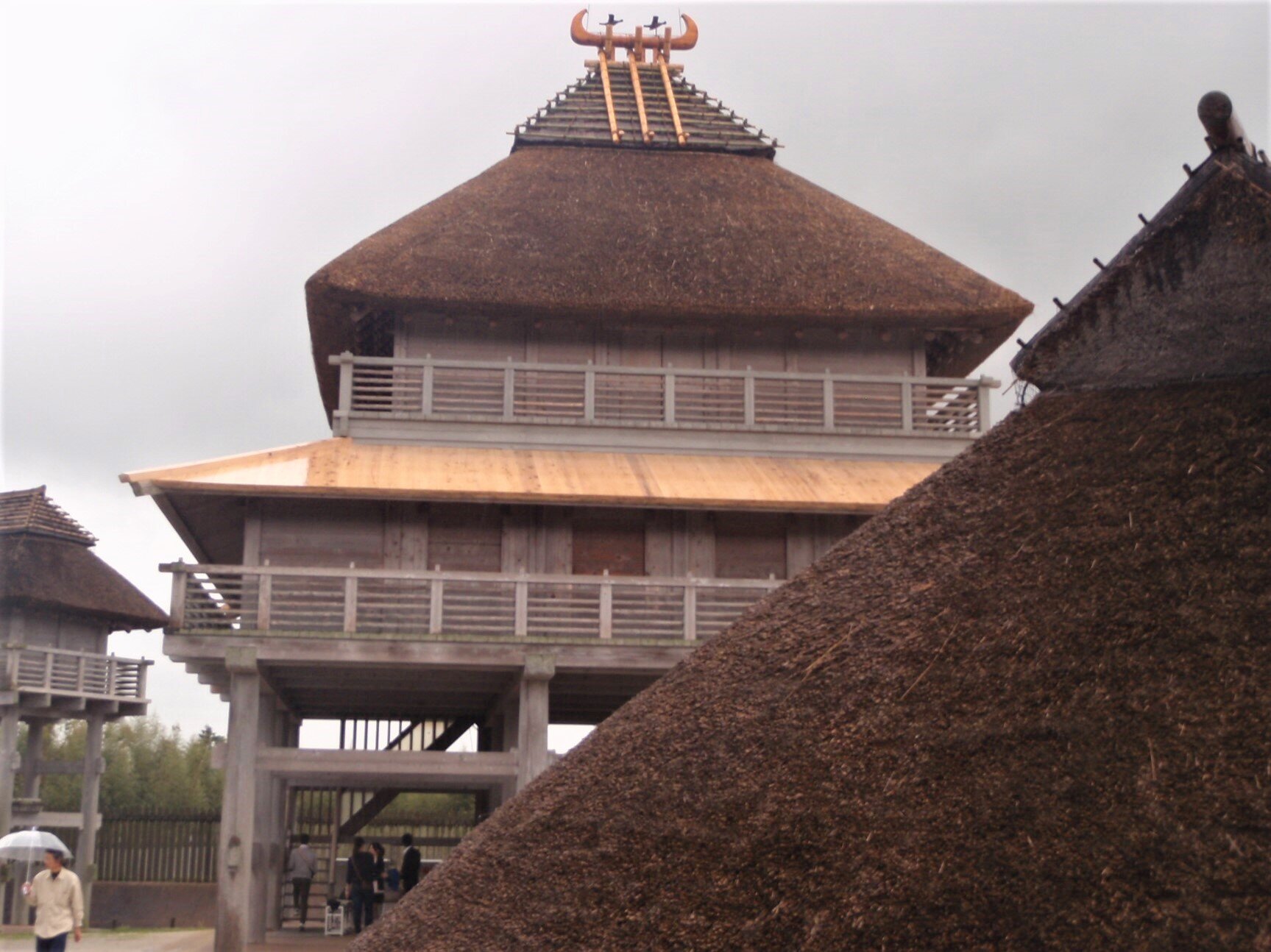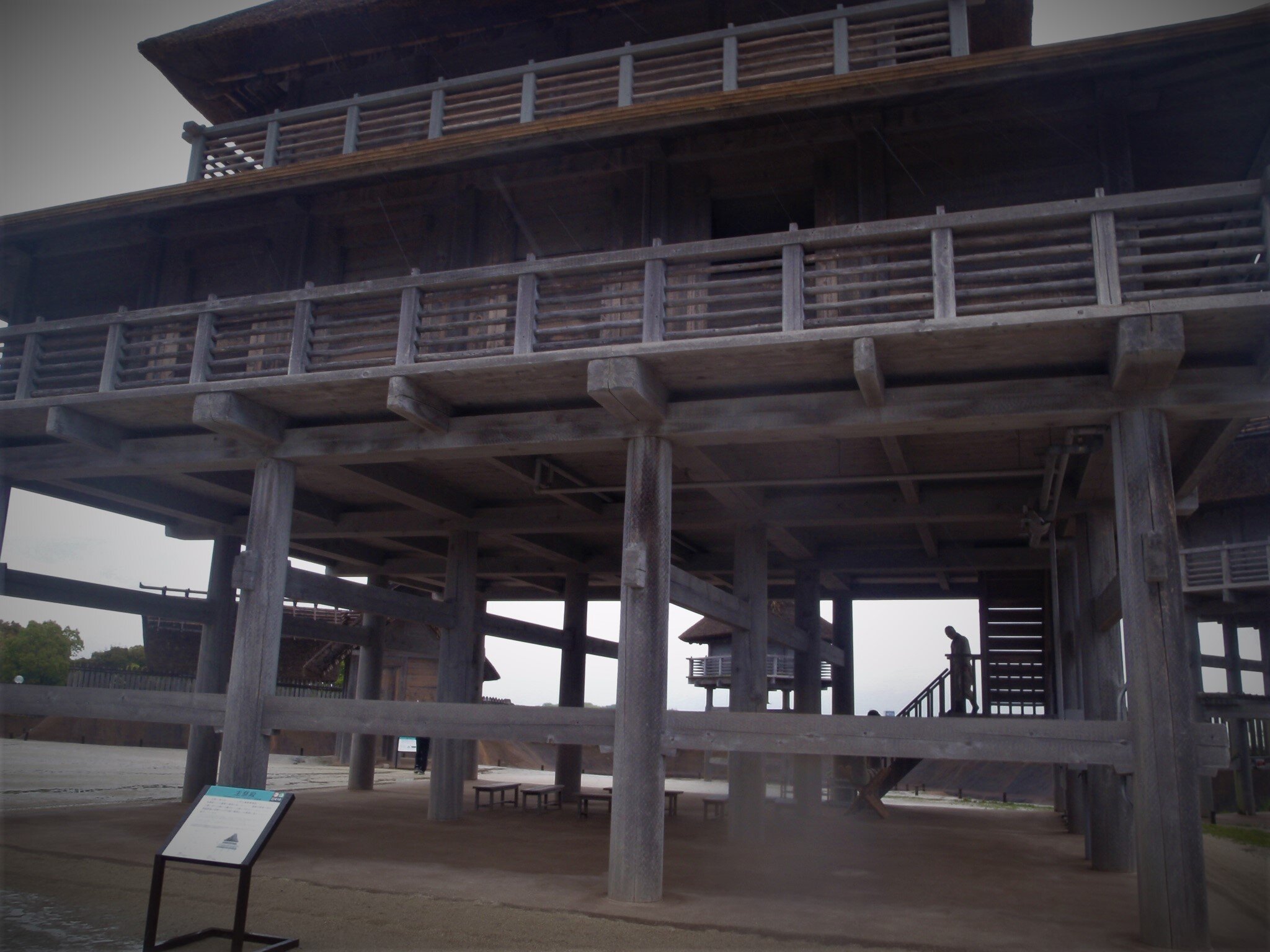Previous Episodes
- December 2025
- November 2025
- October 2025
- September 2025
- August 2025
- July 2025
- June 2025
- May 2025
- April 2025
- March 2025
- February 2025
- January 2025
- December 2024
- November 2024
- October 2024
- September 2024
- August 2024
- July 2024
- June 2024
- May 2024
- April 2024
- March 2024
- February 2024
- January 2024
- December 2023
- November 2023
- October 2023
- September 2023
- August 2023
- July 2023
- June 2023
- May 2023
- April 2023
- March 2023
- February 2023
- January 2023
- December 2022
- November 2022
- October 2022
- September 2022
- August 2022
- July 2022
- June 2022
- May 2022
- April 2022
- March 2022
- February 2022
- January 2022
- December 2021
- November 2021
- October 2021
- September 2021
- August 2021
- July 2021
- June 2021
- May 2021
- April 2021
- March 2021
- February 2021
- January 2021
- December 2020
- November 2020
- October 2020
- September 2020
- August 2020
- July 2020
- June 2020
- May 2020
- April 2020
- March 2020
- February 2020
- January 2020
- December 2019
- November 2019
- October 2019
- September 2019
We are finally at a place in the Chronicles that we can start to bring things together—the archaeology, the Chinese chronicles, and the Japanese chronicles. Mind you, there are still plenty of questions, but it certainly feels like the fog is starting to clear. There are still a few connections we will have to make, and some assumptions as well.
Chronicles
So let’s start with the Chronicles. The Kojiki doesn’t give dates, but where we are given them in the Nihon Shoki and elsewhere, they don’t make a lot of sense. Things seem to be better by the time we reach the 10th sovereign, but they still aren’t great. We are pretty sure that none of this was happening in the 1st century BCE, at least. So we’ll take that with a grain of salt—possibly throw it out altogether. Still, let’s look at where this action is taking place and how that correlates to other things we know.
You see, much of the action centers around Mt. Miwa. Specifically the god of Mt. Miwa, known as Ōmononushi no Kami, the Great Master of the People/Things. Of course, there is a lot in the Chronicles explaining the importance of Ōmononushi, including his connection with the Great Land Master, Ōkuninushi no kami, of Izumo. And in these chapters, even Amaterasu no Ōkami takes a back seat in the narrative, with just a brief mention that the two were worshipped together, but it is Ōmononushi who is sought out as both the cause and cure to the pestilence plaguing the land.
In the Chronicles, the worship of Ōmononushi was given to a man named Ōtataneko, so one would think that he would be an important figure. However, other than the sovereign, who generally takes center stage, there is another person who takes center stage. Yamato Totothi Momoso Hime, a member of the Royal Family, described as Mimaki Iribiko’s “aunt”, is described as actually marrying the god of Mt. Miwa. In addition to this, she goes on to, several times, display her prowess as a seer and shaman, helping to guide the actions of her nephew, who is nominally the actual sovereign.
The marker for the supposed site of the Shiki Mizugaki palace originally placed in the Takanuka, CC BY 3.0, via Wikimedia Commons
Speaking of the sovereign, he is also connected to Mt. Miwa—not only by his visitations with the mountain’s god, but also his palace is said to have been in the shadow of Mt. Miwa, believed to have been near the current site of Shiki-Agatanushi-Suwa Jinja (which I translate to something along the lines of “The Shrine of the Seat of the Ancient Chieftain of Shiki”). It was considered an “old” shrine by Heian era, at leas. Whether it is the actual site of the Mizugaki palace, who knows? There is a marker, but obviously, that only really tells us what we already know, since it was erected in the Taishō era. Still, for those tracking down the ancient sites in the Nara basin, it may be some where to look into. There is also the Makimuku site, nearby, which also contains a palace in the stories—the palace of Mimaki Iribiko’s successor, the Tamagaki (or Tamaki) Palace.
We’ll discuss more about Mimaki Iribiko next episode, but there is one other feature of all of this and that is the connection between a “palace” (miya) and “shrine” (miya). Early on, they say that both Amaterasu and Ōmononushi were worshipped together in the palace. Likewise, in the discussion of Ōkuninushi during the Age of the Gods, he was given a palace to live in, which is now Izumo Taisha. This idea that the palace was where various spiritual or religious rites were held, and the fact that this palace was also at the foot of Mt. Miwa seems to add to the idea that this is the beginning of what some people call the Miwa Cult or even the Miwa Court. The previous sovereigns in the Chronicles, in contrast, all tend to have their palaces located elsewhere, especially around the Kashihara region.
Archaeology
So it is all good going on about the Chronicles, but what does the archaeology say? Well, it isn’t conclusive—remember, a lot of the evidence is things like holes in the ground that we assign a meaning to based on their characteristics and various assumptions, and many of the kofun are still off-limits to a thorough excavation—but there is a lot of evidence for activity in the area around the foot of Mt. Miwa in the Terminal Yayoi to Early Kofun period. This mostly comes from sites in a roughly 2 km strip known as the Makimuku District. Besides finding remnants of a large, pillared structure that is believed to have been an early “palace” building, there is fair amount of pottery. A key to the pottery is that much of it—about 15~30% of it—is non-local, meaning it came from outside the Nara Basin. That includes pottery—much of it cooking pots—from Eastern Honshu, the Japan Sea Coast, and the Seto Inland Sea regions. The fact that much of it is in the form of cooking pots suggests that it was not just imported prestige goods, but likely brought by people from those regions as part of their everyday supplies and household goods. That suggests that a lot of people from the nearby areas of the archipelago were coming to live in this region, around the foot of Mt. Miwa in the SE Nara Basin.
Then, of course, there are the kofun themselves. While some of the kofun—often the largest ones that we suspect would provide some of the most information, were we able to prove or disprove their connection to any given sovereign—are off limits to us, archaeologically speaking, there are a fair number that have been explored. Together with information that has been found through excavation, characteristics such as the shape, any ceramics found on or near, and similar things can give us information about when they were built. Originally, it was thought that the Kofun period started about the year 300, and went from the 4th century onward. This has largely been revised to start about 250—including the latter half of the 3rd century and starting roughly around the time that Queen Himiko’s burial is mentioned.
View of Hashihaka Kofun from the side. Today, the main mound can be difficult to make out, as is covered in trees, but from the air one can see its distinctive round-keyhole shape. Photo taken and dedicated to public domain by Saigen Jiro, via Wikimedia Commons
In the process, we’ve also identified kofun that appear to be earlier—probably having been built around the mid to later 3rd century. One of the kofun identified as being from this period is the one known as Hashihaka kofun. Now it is good to remember that there is nothing that really identifies which kofun is which, and the story of Yamato Totohi Momoso Hime no Mikoto in the Chronicles doesn’t give GPS style coordinates to identify where her kofun actually is. In addition to that, it was being written down centuries after the fact, and so even if they identified the same tomb mound then as we do today, it is unclear how many of those are accurate. Certainly the supposed derivation of the name seems inaccurate as chopsticks (hashi) were probably still a century or two off. Regardless of how well we can identify a particular named kofun mound, it is significant that there are large mounds from the 3rd century in the shadow of Mt. Miwa. In fact, for this period, Hashihaka kofun is one of the largest, likely indicating a key figure—probably an ancient chieftain or sovereign, at least.
Many specialists believe that this may have been the start of the round-keyhole mounds, which have been assumed for some time to be indicative of the culture of the period. Soon after the ones in the Nara Basin are built, they begin to show up in areas elsewhere around the archipelago, either as part of the larger polity or perhaps in competition therewith, but still indicative of a cultural shift happening around this time.
Now don’t get me wrong, there are earlier tomb mounds out there. Gina Barnes refers to these as “Mounded Burials”, to distinguish the period of cultural change associated with the Kofun period. I mean, it isn’t as if people just decided one day to start burying important people under tremendously huge piles of earth. We’ve mentioned the old funkyubo, and it seems there were even some mounded burials that were reserved for a single individual. However, nothing to the extent of what we find with Hashihaka and later sites, and so Gina Barnes and others reserve the term “Mounded Tomb” for the period when we believe we have the actual start of the Mounded Tomb Culture—i.e. the Kofun period.
The Chinese Chronicles
Of course, when we talk about the Chinese Chronicles at this point we are really talking about two in particular: The Later Han and the Wei Dynasty historical chronicles. Even then, the Later Han mostly gives us an idea of what things were like in the first century or so, and that is more helpful in setting some boundaries than in fully describing what is happening in the 3rd century. Also, you may recall that despite the names, the Later Han dynasty chronicles were actually compiled much later, and may have cribbed some of their information and notes from the Wei Chronicles.
The Wei Chronicles, of course, describe Queen Himiko and her kingdom of Yamato/Yamatai. Here it is good to remember that “Yamatai” is a modern Japanese on’yomi reading of the characters used, and something much more similar to “Yamato” would have likely been based on the Chinese reading at the time. Himiko (or Pimiko) was the Queen of Yamato, which appeared to be at the head of some kind of confederacy of states. The description paints her, in the eyes of many, as a female shaman, and there is an administrator—recorded as her younger brother, though it is unclear how well that particular term would have suited him—who is said to have helped her. Together they sent embassies to the commanderies on the Korean peninsula and thence onward to the Wei capital.
Now, the Wei Chronicles refer to Yamato and the various polities in the confederation as “states” or “guo”. Today, this is used for countries, like China, Japan, and the US. But at this time, it probably had a meaning more along the lines of “political unit” with a hierarchy and administrator or ruler, but it is unclear just how strict they were being. A good analogy may be the way that the early European descriptions of Japan often referred to the daimyō as “kings”, a term that today we tend to associate with much greater authority than most daimyō could lay legitimate claim to. For this reason, many people are wary of using the term “state” for the early political units that we see, and reserve that for the period when Japan adopts a continental style system of administration, known as the ritsuryō. Until then, we might see reference to the Yamato Seiken, for the area under Yamato control, or even a reference to simply the Yamato Chōtei, or the Yamato Court.
Regardless of what we call it, there seem to be two things we can know: First, that the Wei court believed it to be one of the dominant political unit in the area, and second, that it did not go unchallenged. There is reference to another entity, against which Queen Himiko was contending, and which may have even prompted her attempt to reach out for assistance from the mainland. Even in the Chronicles we see that there is still conflict and disorder in the land—despite the earlier accounts, there has not really been a single, lasting administration that has demonstrated hegemony over the three main islands of the archipelago.
Conflict Between the Sources
Of course, for all that it seems nice and wrapped up, above, there is still plenty of conflict between our sources of information. For one thing, the dating in the Japanese Chronicles is a huge problem point. The dates are clearly fictional, but how can we even begin to correlate them to a reasonable period? We cannot ignore that some of the “adjustments” made to the dates in the Nihon Shoki are motivated by a desire to match up what was written down with what we see in the archaeological and continental records. Is this fair? That’s a good question. Some have proposed other dating systems—for instance, assuming an average reign length of only 10 years for the sovereigns that appeared before those we can trace to other sources or have a fair reason to believe are accurate. This pulls everything much further forward in time, and disconnects us completely from the Wei Chronicles. According to this theory, Himiko would have been a forerunner of Mimaki Iribiko, lost to the depths of time, explaining her absence in the Japanese histories.
Of course, some dating systems would pull Mimaki Iribiko no Mikoto up, but not quite that far. Some have suggested that he might be one of the earlier referenced individuals—a predecessor to Queen Himiko, whose absence then remains a mystery.
Speaking of which, where is Himiko? I know we’ve spent a lot of time talking about it, but it really is the piece that generates perhaps the most debate and discussion. How could she have been so powerful as to send envoys to the Wei court and be counted the “Queen of the Wa”, but then not appear anywhere in the Japanese histories?
Some of this we go into the podcast, so I encourage listeners to go there first and come back here afterwards, and we’ll cover some of the same ground. Of course, we cannot discount the fact that when writing did come over, it came with other continental concepts, such as patriarchal concepts of what and who a ruler should be, which would have influenced the opinions of those putting together all of these ancient stories and anecdotes. Also, if they were using genealogical records, which seems clearly to be the case, the lines appear to be traced through the father, and even then, if Himiko didn’t have any children of her own, would she have even appeared in the genealogical record? One would hardly think that she wouldn’t, given her apparent status.
And of course, her name in the Wei Chronicles could be little more than a title—possibly even a misheard or improperly recorded title at that. Many point to the idea that “Himiko” could simply be “Child of the Sun” or a shortening of titles like “HIme no MIKOto”. And so it is possible she was identified by some other name entirely in the Japanese traditions. I’d argue it is also possible, though unlikely, that the name may not have had the kinds of gender signifiers that later Japanese chroniclers would recognize. If so, perhaps she was misgendered, and shows up as an entirely different figure.
It also occurs to me that it is possible she was part of some other polity—perhaps she was the impetus behind the story of Take Haniyasu and was part of a competing lineage group. Many of the mirrors from around that time have been traced back to a kofun in the northern part of the Nara Basin, Tsubai Ōtsukayama, in Yamashiro. Still, if that were the case, wouldn’t we expect to see that noted in the Wei histories, rather than having a young relative take the throne soon thereafter? And why would the name be the same? Himiko’s rivals were from another polity altogether, it would seem, not Yamato, unless that was just a fiction in how she depicted it to the Wei court.
And, of course, there is another problem with the sources—why don’t the Japanese chronicles mention the embassies to the mainland? One would think those would be quite prominent. And they should have known about them—later they quote from them during the reign of a later sovereign. Of course, with the timing that they’ve given everything, perhaps they couldn’t figure out where it actually fit in the timeline and so ignored it. It is quite likely that most of the anecdotal information was extremely disjointed, only tied in by the names of individuals who were mentioned. If those individuals were “placed” in the wrong time it might be hard to match up with the Wei records. And of course, the Chroniclers were probably more concerned about the believed truth of the royal lineage in their own time than they were about what the facts were like centuries ago.
Conclusion
For my part, I still lean towards the idea that Himiko is, in fact, Yamato Totohi Momoso Hime, or at least the latter is a cognate for the former. I suspect that she was part of a ruling pair in the southern Nara basin at the foot of Mt. Miwa. She was in charge of spiritual affairs while her co-ruler would have overseen the administrative duties, and they were likely related, if not brother and sister. At the time, her position may have been the stronger of the two, as evidenced by the work that went into her tomb mound. The “rival” that we hear about in the Wei history may be represented by another ruling pair—Take Haniyasu and Ata Bime, in Yamashiro. That conflict was likely not quite so cut and dry as it is made out to be, the messy realities of history having been likely smoothed over in favor of a simpler narrative. As for the next “Queen” that follows her, Iyo (or, possibly, Toyo)? Perhaps they are referring to Toyosuki Hime, the princess who was sent to worship Amaterasu, or even Yamato Hime, who we’ll get to know in the reign of the next sovereign, Again, things aren’t perfect, and their roles may have been largely forgotten and repurposed to the story of Amaterasu, but it is something to consider. Either way, if they did not have children of their own, they may have not made it into the genealogical lists, which could also explain much of this confusion.
So that’s all for this episode. I hope you enjoyed it. We are going to pick up next time with the continuation of Mimaki Iribiko’s story.
References
Ō, Yasumaro, & Heldt, G. (2014). The Kojiki: An account of ancient matters. ISBN978-0-231-16389-7
Kishimoto, Naofumi (2013). Dual Kingship in the Kofun Period as Seen from the Keyhole Tombs. UrbanScope: e-Journal of the Urban-Culture Research Center, OCU. http://urbanscope.lit.osaka-cu.ac.jp/journal/pdf/vol004/01-kishimoto.pdf
Barnes, Gina L. (2007). State Formation in Japan: Emergence of a 4th-Century Ruling Elite. Routlede. ISBN 9780415596282
Bentley, John. (2006). The Authenticity of Sendai Kuji Hongi: a New Examination of Texts, with a Translation and Commentary. ISBN-90-04-152253
Soumaré, Massimo (2007), Japan in Five Ancient Chinese Chronicles: Wo, the Land of Yamatai, and Queen Himiko. ISBN: 978-4-902075-22-9
Kidder, J. Edward (2007), Himiko and Japan's Elusive Chiefdom of Yamatai: Archaeology, History, and Mythology. ISBN: 978-0824830359
Barnes, Gina L. (1988). Protohistoric Yamato: Archaeology of the First Japanese State. ISBN 0-915703-11-4
Chamberlain, B. H. (1981). The Kojiki: Records of ancient matters. Rutland, Vt: C.E. Tuttle Co. ISBN4-8053-0794-3
Ledyard, G. (1975). Galloping along with the horseriders: looking for the founders of Japan. Journal of Japanese Studies. 1: 217-254
Aston, W. G. (1972). Nihongi, chronicles of Japan from the earliest times to A.D. 697. London: Allen & Unwin. ISBN0-80480984-4
Philippi, D. L. (1968). Kojiki. Princeton, N.J.: Princeton University Press. ISBN4-13-087004-1


